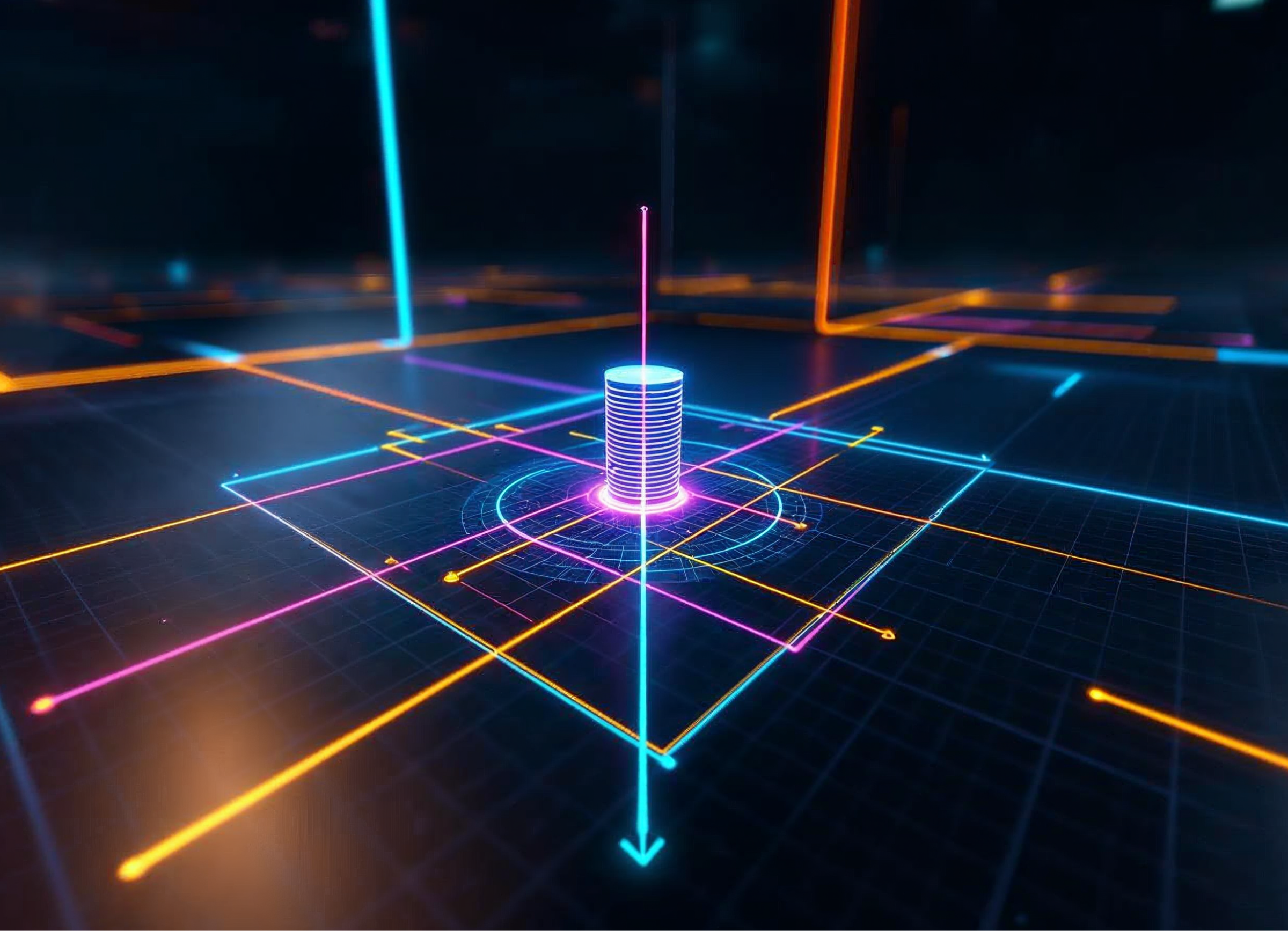
Today, virtual reality transforms and improves many fields, including sports. VR sports training is getting popular being an interesting and gamified process of improving skills for tennis players, footballers, boxers, etc.
The immersion effect forces the athlete’s brain to perceive a virtual playground as a real one and makes a human start applying real physical efforts to perform exercises. Thus, VR sports training become an object of interest for both amateurs and professionals. This technology is already applied by the Manchester United soccer club and The Cougars baseball team to bring their training processes to a new level.
In this article, we’ll highlight successful VR solutions to improve athletes’ skills.
Step Up Your Game with VR Sports Training
VR sports simulation is training in an immersive digital environment, where athletes improve their skills and refine their performance during every game. For virtual reality sports training they apply VR goggles and also controllers, gestures, body trackers, and real additional equipment like clubs, baseball bats, etc. (depending on the type of sports).
VR sports training offers athletes such advantages as
- The photorealistic digital environment is designed for athletes’ training. You can recreate a football or baseball stadium, tennis court, boxing ring, ski track, and so on.
- VR training is held with no unnecessary risks, thus preventing sportsmen from being injured. It’s especially important for active and aggressive sports, like boxing, soccer, football, rugby, etc. Constant blows to the head and other body parts may cause different mental, behavioral, and mood disorders. In one interview, Steve Thompson, the World Champion in rugby, who has been diagnosed with early onset dementia, said he doesn’t remember winning World Cup back in 2003.
- Combining real physical activity with VR training. The immersion effect makes an athlete perceive a virtual boxing ring or soccer stadium as a real environment and apply physical efforts, just like in the real world. Sometimes, these simulations involve real equipment to strengthen the immersion effect.
- A possibility to record data and analyze athletes’ progress. You can track their skill improvement, physical condition, qualification level, and scenarios they passed on VR sports simulators.
- Virtual sports training is suitable for both professionals and amateurs. There are a lot of VR games that recreate different playgrounds and sports competitions as realistically as possible. In addition, there are a few levels of difficulty in the games: from easy to pro.
In our article, we described in more detail the advantages of virtual training for athletes. You can read more about it here.
Join the Action with VR Sports Training
Virtual reality sports training is actively used to improve athletes’ skills and qualifications. We’ll highlight different kinds of sports, where VR training is applied the most.
Step into the Ring: How VR Boxing Games are Changing the Sport
During VR training, boxers are getting transferred into the digital ring and compete with virtual opponents. As it was mentioned before, VR sports training reduces the risk of getting injured. It especially applies to head injuries.
The Thrill of the Fight, and Creed: Rise to Glory for Oculus are successful examples of VR boxing games for amateurs. The latter game is based on Rocky Balboa and Adonis Creed cult movies. In these simulations, a player passes through rounds with opponents of different qualification levels.
In its turn, there is a Boxing Coach app by Sidequest for professionals. In the app, an athlete hones 24 boxing moves and 54 action combinations with the help of a virtual coach. The athlete’s training course plan is designed automatically, depending on their goals, the course length, and the athlete’s qualification level. A virtual coach’s moves were drawn from the moves of real coaches, and that creates real life-coach lesson effect. A player sees points for every performed punch on a screen.
Improve Your Swing with VR Golf: The Future of Golf Training
VR training is perfect for golf players because you don’t have to rent a whole real field to play and train. You also don’t have to wait for favorable weather — wear a VR headset, and you’re on a digital field.
Players hone their golf skills using special golf clubs. Moreover, in virtual reality a headset user sees the possible trajectory a ball can fly on and the number of yards the ball could fly after being hit.
There are a lot of popular VR Oculus golf apps for both amateurs and professionals. Like Golf+, for example. It’s the number one VR golf app, that allows players to customize difficulty levels and swings that allow the ball to fly higher or lower. You can also organize a team game in the app and communicate with each other, using avatars.
How VR Training Is Transforming Modern Soccer
VR soccer training allows coaches and athletes to recreate different scenarios on a digital field. It can be both training exercises and real soccer match simulations. While playing virtual soccer, a user, in addition to a VR headset, should also wear body trackers, especially on their feet.
Virtual training by British company Reezil allows injured soccer players to improve their sports skills and physically rehabilitate. The program itself contains players’ qualification level and physical condition data. VR training by Reezil is already applied for the rehabilitation of athletes from such top soccer clubs as Manchester United, Manchester City, and Liverpool.
“You need the goggles, 10-foot room, and you’re good to go. You can go ahead and put a headset on, and you can get those touches in. You’re going to have a headset and base stations, and they set the environment you’ll see. You’re going to see the whole soccer pitch, and it all comes from these base stations. It’s really amazing stuff. You’re going to have feet trackers as well”, said Reezil creator Christian Barsanti.
VR Tennis Training: The Secret Weapon for Athletes
During virtual training, tennis players improve hitting ball skills in digital realistic environment, with no need to leave home and go to a real tennis court. In VR, athletes see a possible ball trajectory and have different ball control options like power, spin, and speed.
Like, for example, VR Tennis Training Simulator by Qualium Systems.
The main specifics of the simulation is that our developers managed to recreate wind speed, realistic physics of a ball falling to the ground, and bouncing from hard surfaces, using special customized engine.
Tennis Training Simulator gives player a possibility to use digital avatar or train in first person.
Virtual Reality Takes Ski Training to the Next Level for Athletes
The US Ski Team have a special VR simulator designed for them. With the help of a SkyTechSport machine, athletes use a special trainer that imitates skiing. During the training, a skier also wears virtual reality headset and immerses themselves in a digital space, where they ride on a mountain ski track. There’s also a screen with track projection opposite the trainer, and this screen allows a coach to track a virtual route and whether the route passing by an athlete was successful.
Rowing Meets Virtual Reality: The Future of Training for Athletes
Speaking about water sports, using VR headsets for water training are extremely rare. VR for swimming is only in the early development stage. Nevertheless, other representatives of water sports can train virtually. Like rowers, for example. There’s a HOLOFIT VR platform that contains a lot of types of training, including virtual rowing training.
A VR headset player also uses a kayak-like trainer to enhance the immersion effect. A player can compete with other participants online, change locations, and run away from virtual crocodiles, with no need to leave the house.
The Way VR Baseball is Revolutionizing Training
VR baseball training allows athletes to train on a digital field using a real bat. Or they can use one of the controllers.
Virtual reality training helps baseball players improve their game strategy visualization and what moves they should do next. So, one of the Cougars coaches analyzed how virtual reality influenced the gaming skills of his players.
“After using the VR program, I noticed several improvements in our players. Players were better able to visualize mechanical adjustments to their swing. Before the use of the program, players would be told how to make a mechanical adjustment but would often have trouble visualizing what the adjustment entailed. After the use of the program, players were better able to understand what adjustment needed to be made because they had practiced with the VR goggles.”
Smart Tek Solutions developed a VR baseball game, where a player is placed in a virtual locker room. In this locker, they can choose equipment according to the game level: easy, medium and hard. A user picks a digital baseball bat by their controller and uses it on a virtual field.
Virtual reality integration in sports opened new possibilities for training and rehabilitation of both amateurs and professionals. Using virtual reality, you can track your athlete’s progress and their physical condition during every session. Among other advantages, we can also highlight saving money on a real equipment and sports field, and also a variety of virtual playgrounds, that sometimes you can not afford in a real world.
Image: Freepik



